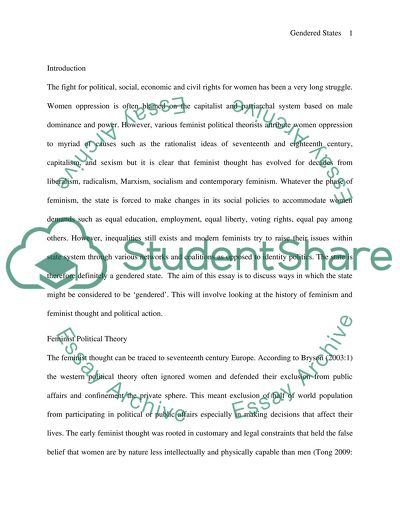Cite this document
(“In what ways might the state be considered to be 'gendered' Essay - 1”, n.d.)
Retrieved from https://studentshare.org/sociology/1630061-in-what-ways-might-the-state-be-considered-to-be-gendered
Retrieved from https://studentshare.org/sociology/1630061-in-what-ways-might-the-state-be-considered-to-be-gendered
(In What Ways Might the State Be Considered to Be 'Gendered' Essay - 1)
https://studentshare.org/sociology/1630061-in-what-ways-might-the-state-be-considered-to-be-gendered.
https://studentshare.org/sociology/1630061-in-what-ways-might-the-state-be-considered-to-be-gendered.
“In What Ways Might the State Be Considered to Be 'Gendered' Essay - 1”, n.d. https://studentshare.org/sociology/1630061-in-what-ways-might-the-state-be-considered-to-be-gendered.


